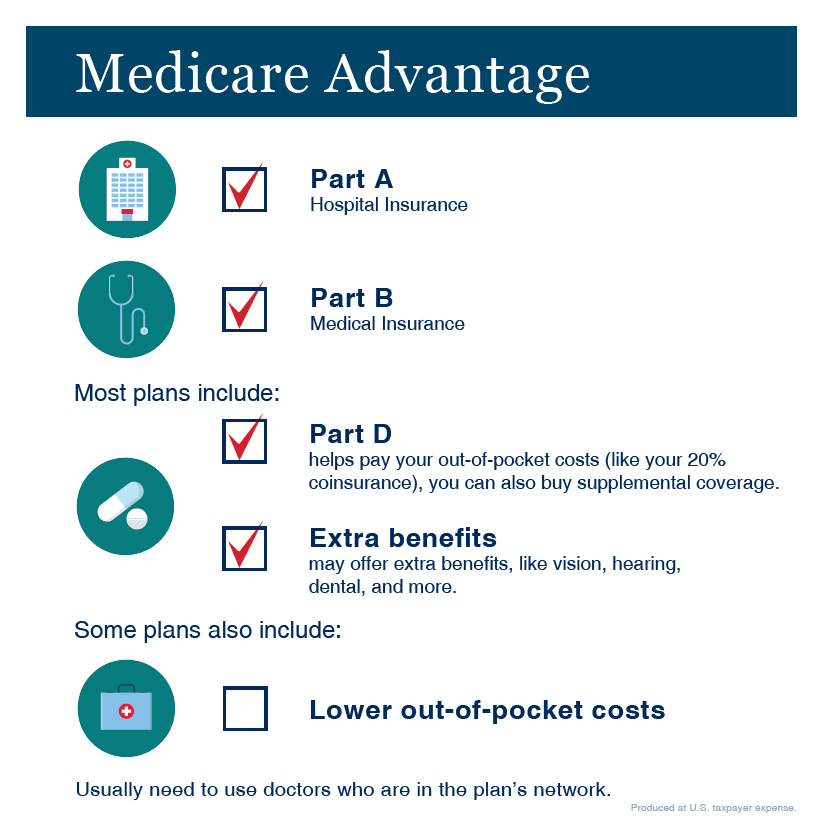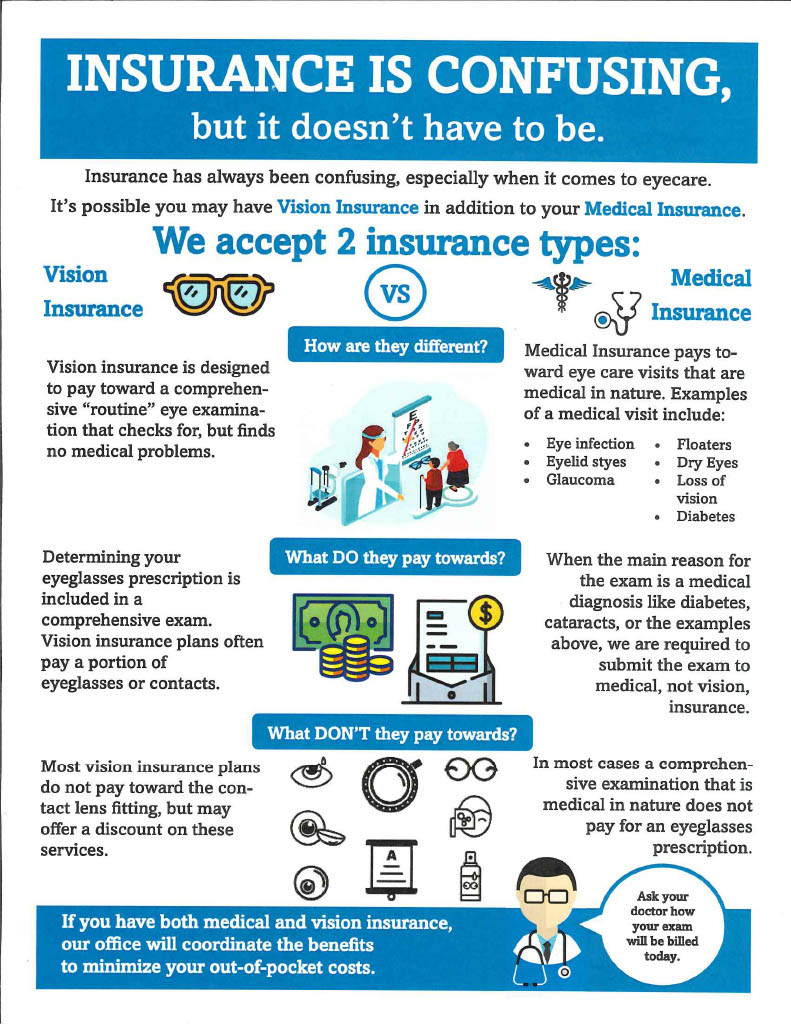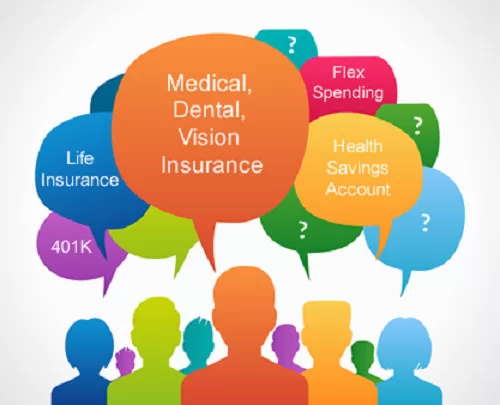How Medicare Advantage Agent can Save You Time, Stress, and Money.
Wiki Article
Some Of Medicare Advantage Agent
Table of ContentsThe Medicare Advantage Agent StatementsLittle Known Facts About Medicare Advantage Agent.Medicare Advantage Agent Things To Know Before You Buy

adheres to from puzzling the relatively young age profile of the without insurance with the better health and wellness, typically, of younger persons. This obscures the web link between health standing and health insurance. For those without access to workplace wellness insurance policy, inadequate health is a possible barrier to purchasing nongroup protection since such protection may be highly priced, omit pre-existing conditions, or be simply unavailable. The number of without insurance Americans is not especially big and has not changed over the last few years. Seven out of 10 respondents in a nationally depictive study assumed that fewer Americans lacked medical insurance than really do(Fronstin, 1998). Roughly half(47 percent )thought that the number of individuals without medical insurance lowered or continued to be consistent over the latter fifty percent of the last decade(Blendon et al., 1999). This drop of almost 2 million in the variety of people 'without insurance coverage (a decrease
of about 4 percent)is absolutely a positive change. With a softer economic climate in 2000 the most up to date reported gains in insurance policy protection may not continue(Fronstin, 2001 ). The decrease in the number of without insurance will not continue if the economic situation stays sluggish and healthcare prices remain to surpass rising cost of living. This is since the data were collected for a duration of strong economic performance. Of the estimated 42 million people that were uninsured, just about concerning 420,000(concerning 1 percent)were under 65 years of age, the age at which most Americans end up being qualified for Medicare; 32 million were adults between ages 18 and 65, around 19 percent of all adults in this age; and 10 million were kids under 18 years of age, regarding 13.9 percent of all kids (Mills, 2000). These estimates of the number of persons uninsured are created from the annual March Supplement to the Current Populace Study (CPS), conducted by the Census Bureau. Unless or else kept in mind, nationwide quotes of people without medical insurance and percentages of the populace with different type of coverage are based on the CPS, the most widely made use of resource of estimates of insurance coverage and uninsurance rates. These studies and the price quotes they yield are described briefly in Table B. 1 in Appendix B - Medicare Advantage Agent. These studies differ in size and tasting methods, the questions that are asked about insurance
Medicare Advantage Agent for Beginners
protection, and the time duration over which insurance protection or uninsurance is measured(Lewis et al., 1998, Fronstin, 2000a ). Still, the CPS is especially helpful because it produces yearly price quotes fairly promptly, reporting the previous year's insurance policy protection estimates each September, and because it is the basis for a consistent collection of estimates for even more than 20 years, enabling evaluation of fads in coverage gradually.
Medicare Advantage Agent for Dummies
Over a three-year duration beginning early in 1993, 72 million people, 29 percent of the united state populace, lacked insurance coverage for at least one month. Within a single year(1994), 53 million individuals experienced at least a month without protection(Bennefield, 1998a). Six out of every 10 without insurance grownups are themselves utilized. Although functioning does improve the likelihood that a person and one's relative will certainly have insurance, it is not an assurance. Even participants of families with two full-time wage income earners have almost a one-in-ten opportunity of being uninsured (9.1 percent uninsured rate)(Hoffman and Pohl, 2000 ). The partnership in between medical insurance and accessibility to care is well established, as recorded later in this phase. Although the connection between medical insurance and health and wellness outcomes is neither direct neither simple, a considerable professional and health services research study literature web links medical insurance coverage to better accessibility to care, much better quality, and improved individual and population wellness condition. The second record, on individual health end results for pop over to these guys uninsured grownups, is stood for by the inner circle of the number, while the third record, on household health, encompasses the subjects of the second record however highlights a different device of evaluation, namely, the family. The sixth record in the collection will provide information regarding strategies and campaigns undertaken locally, statewide, or across the country to address the lack of insurance policy and its negative influences. Degrees of analysis for checking out the results of uninsurance. This conversation of health and wellness insurance policy protection concentrates primarily on the U.S. populace under age 65 due to the fact that practically all Americans 65 and older have Medicare or other public coverage.
It focuses specifically on those without any health insurance for any size of time. The troubles encountered by the underinsured are in some respects similar to those encountered by the uninsured, although they are generally much less extreme. Uninsurance and underinsurance, however, include noticeably various policy issues, and the techniques for addressing them may vary. Throughout this research and the 5 records to comply with, the major emphasis is on persons without health and wellness insurance policy and therefore no support in spending for healthcare past what is offered with charity and security internet institutions. Medical insurance is a powerful element impacting receipt of care since both patients and doctors reply to the out-of-pocket cost of services. Health insurance policy, nevertheless, is neither necessary neither enough to access to clinical solutions. However, the independent and direct result of health insurance protection on accessibility to health and wellness solutions is well established. Others will get the healthcare they need even without wellness insurance coverage, by spending for it out of pocket or seeking it from service providers who provide treatment free or at extremely subsidized rates. For still others, medical insurance alone does not ensure receipt of treatment due to the fact that of other nonfinancial obstacles, such as this link a lack of health and wellness treatment service providers in their neighborhood, limited access to transportation, illiteracy, or linguistic and cultural differences. Official research study concerning without insurance populations in the USA dates to the late 1920s and early 1930s when the Board on the Price of Treatment generated a series of records concerning financing medical professional workplace brows through and hospital stays. This issue came to be significant as the varieties of medically indigent climbed up throughout the Great Clinical depression. Empirical studies continually support the link in between accessibility to care and enhanced health and wellness end results(Bindman et al., 1995; Starfield, 1995 ). Having a regular resource of treatment can be thought about a predictor of accessibility, instead of a direct action of it, when wellness results are themselves used as accessibility signs. This expansion of the concept of accessibility dimension was made by the IOM Committee on Monitoring Access to Personal Healthcare Solutions(Millman, 1993, p. Whether parents are guaranteed appears to impact whether their kids receive treatment in addition to just how much careeven if the children themselves have protection(Hanson, 1998). The health and wellness of moms and dads can influence their capability to care for their children and the degree of family stress. Stressing over their children's accessibility to care is itself a source of stress and anxiety for moms and dads. 3 phases adhere to in this record. Chapter official website 2 supplies an introduction of how employment-based medical insurance, public programs and specific insurance policy policies run and connect to supply considerable however insufficient coverage of the united state populace. This includes an evaluation of historic fads and public policies affecting both public and exclusive insurance coverage, a conversation of the interactions among the various kinds of insurance, and an evaluation of why individuals relocate from one program to one more or wind up

Report this wiki page